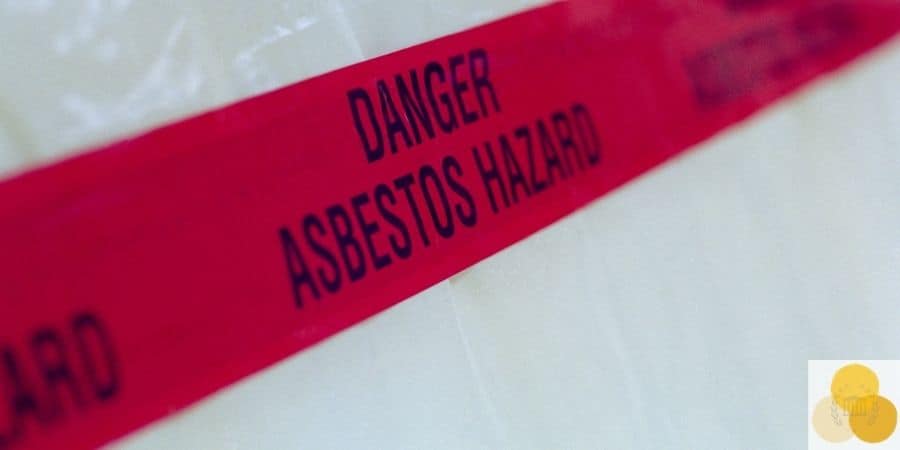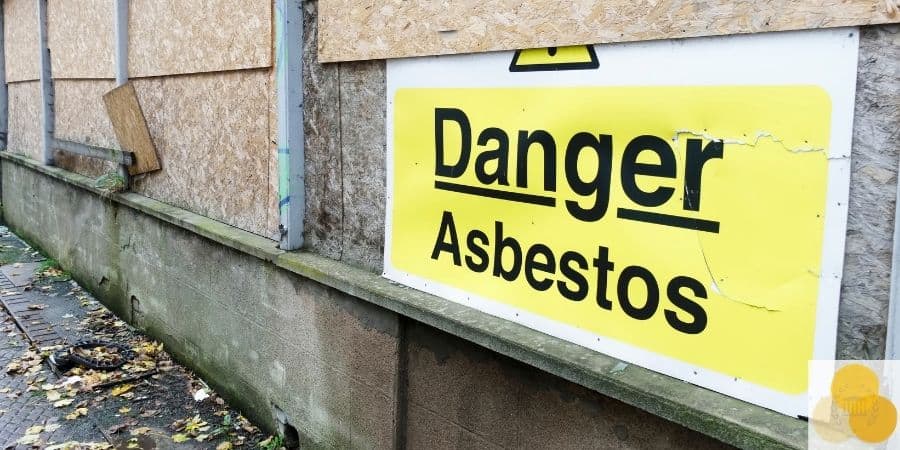Asbestos Exposure - An Overview
Too often, you or a loved one is diagnosed with mesothelioma or some other illnesses due to asbestos exposure. The majority of asbestos exposure cases occur during the victim’s employment. These victims may be able to recover from their employers or the entity that hired their employer.
Too often, you or a loved one is diagnosed with mesothelioma or some other illnesses due to asbestos exposure.
Common Causes of Asbestos Exposure
Generally, there are three types of exposures under which a plaintiff can sue for asbestos exposure:
Occupational exposure
Occupational exposure refers to a scenario in which the victim consistently works with asbestos. The victim’s exposure includes asbestos mining, the manufacturing of asbestos products, and construction workers.
Paraoccupational exposure
Paraoccupational exposure refers to a scenario in which workers in contact with asbestos can bring home asbestos when the particles build up on the worker’s clothing or body. Family members who become sick because of this exposure can sue for their resulting illness or death.
Neighborhood exposure
Neighborhood exposure occurs when victims are exposed to asbestos while living near a construction or demolition site, and the asbestos is released into the air.
Who Is Responsible for Asbestos Exposure?
Plaintiffs can and should sue every entity that may be responsible for their mesothelioma. These include manufacturers, distributors, employers, and property owners. If any of these entities knew or should have known about the asbestos, they would be responsible for the victim’s illness or death. If one is not accountable, they will have their opportunity to prove so in court.
The responsibility of these entities results from exposing the victim to asbestos. The victim needs to prove that the entity knew of or should have known the product contained asbestos. As a result of the knowledge, the entities must warn the workers and consumers of the dangers resulting from asbestos.
Asbestos Litigation
Types of Lawsuits for Asbestos Exposure
Asbestos exposure cases are litigated under personal injury or wrongful death law. When the victim survives and is alive at the time of their diagnosis, the case is sued under personal injury. If the victim dies before the suit is filed, the case is litigated under wrongful death. Both types of cases are litigated under negligence or intentional torts.
Timeline To File A Lawsuit - Statute of Limitations
Because of the unique nature of the injuries resulting from Asbestos exposure, timelines are longer than usual. Generally speaking, a lawsuit must be filed within a specific time period from the injury. This is called the statute of limitations. However, for asbestos issues, the clock doesn’t start from the time of exposure. Rather, the time starts from when the victim is diagnosed with mesothelioma (or any other illness resulting from the exposure). States vary on the length of time from diagnosis, with timelines between 1-5 years. Additionally, when it comes to wrongful death lawsuits and the claim is filed by the estate of a deceased mesothelioma patient, the statute of limitations period begins on the patient’s day of death.
Who Can File An Asbestos Lawsuit?
In the case of a living victim, they bring the lawsuit themselves. When the victim dies before the lawsuit starts, each state may differ on who can sue. Generally, a representative can sue on behalf of the eligible survivors who suffered harm due to the victim’s death. Eligible survivors in most states include spouses, children, and the parents of unmarried children. In a few states, siblings and grandparents of the decedent may bring a claim.
Damages Recoverable for Asbestos Exposure
Personal Injury Lawsuit
Victims who are still alive (personal injury lawsuit) may be able to recover any of the following damages:
● Treatments not covered by insurance
● Pain and suffering related to the illness
● Any travel expenses for medical care or travel related to the lawsuit, if it is necessary.
Under normal circumstances, there is no way of recovering compensation if there are no actual damages incurred.
Wrongful Death Lawsuit
If the victim had died and the representative(s) is filing under wrongful death, they may recover the following:
● Pain and suffering of the victim – if the victim did not suffer an immediate death, the defendant is responsible for any pain and suffering they experienced before dying.
● Medical and funeral expenses
● Out-of-pocket expenses
● Lost household services – these are determined by the cost of hiring workers to perform the same tasks. These include lawn care, landscaping, maid services, and any other household chores the decedent performed that now has to be hired.
● Loss of support and income – this will be determined by looking at earning at the time of death and potential future earnings.
● Lost prospect of inheritance- this is also determined by looking at earnings at the time of death, potential future earnings, and how the decedent saved their income.
● A child may recover for lost guidance from a parent.

Step-By-Step Asbestos Exposure Lawsuit
Step 1 - Keeping track of medical records
The lawsuit itself will be similar to other personal injury lawsuits. Once the victim receives medical treatment, they should begin preparing for the legal process. This includes retrieving all medical images that were taken if they are available. Monitoring and recording your medical treatments in real-time will make it easier in the future to provide this information to your attorney.
Monitoring and recording your medical treatments in real-time makes it easier in the future to provide this information to your attorney.
Step 2 - Finding a lawyer
The next step in an asbestos case is finding a lawyer. When looking for a lawyer, don’t just type into Google “personal injury lawyer.” It’s just too broad. You want expertise specifically within the asbestos space. Ideally, it would be great to find a lawyer who’s already tried a case with your specific type of situation.
Step 3 - filing The Lawsuit
It’s now time to file the lawsuit. Assuming you have a lawyer representing you, your involvement should be minimal. The lawsuit itself will be similar to most personal injury lawsuits. After the case is filed, the discovery stage comes next, during which your attorney will receive requests for information from the defendant’s attorney. Your attorney will contact you to collect the information required to respond to the defendant’s requests.
The victim or the victim’s family may have to attend a deposition, where the other side will ask questions about the accident and injuries or the decedent’s death. Family members must be prepared to answer questions regarding any pain and suffering your loved one suffered.
Step 4 - Negotiation, Settlement, and Trial
Once the discovery process is over, the sides will begin discussing a possible settlement. This process can be over quickly or be a long, drawn-out process. Remember, your attorney is required to advise you of any offer the defense makes. If you cannot reach an agreement, the sides will move forward to court assisted settlement discussions involving mediations or settlement conferences with the court. If these options fail, then the court will order an arbitration or have a trial.
Were you injured by an amusement park ride? You could be eligible for compensation. Learn more about amusement park lawsuits through our articles or reach out to one of our million-dollar lawyers today.


Finding The Right Lawyer For Your Asbestos Exposure Case
Asbestos cases are emotional for the victim or their surviving family members. Most personal injury law firms handle personal injury cases, making picking an attorney difficult because there are so many options. Your attorney will be your go-to person until the case is over for legal questions and often as someone to lean on. Attorneys often say they have two jobs, to be their client’s attorney and therapist. Therefore, it is essential to pick an attorney you feel comfortable with and that you can trust.







